An Isle of Wight 'super-cottage' built by Queen Victoria and Prince Albert is up for sale
Queen Victoria's children and guests lived for years in the exquisitely detailed Osborne Cottage, which offers its buyer the opportunity to own a unique piece of British heritage.

‘You will I am sure be pleased to hear that we have succeeded in purchasing Osborne in the Isle of Wight,' wrote Queen Victoria in 1845 to her uncle, King Leopold of Belgium. 'It sounds so snug and nice to have a place of one’s own, quiet and retired.'
The Queen's description makes Osborne House sounds like cute little beach hut rather than the fabulous palace that visitors today still marvel at. So perhaps we shouldn't be too surprised to find that when the Queen asked for a guest cottage to be built in the grounds, the result was a 4,000sq ft masterpiece with a grand hall, library and spectacular cupola lighting up a winding staircase.
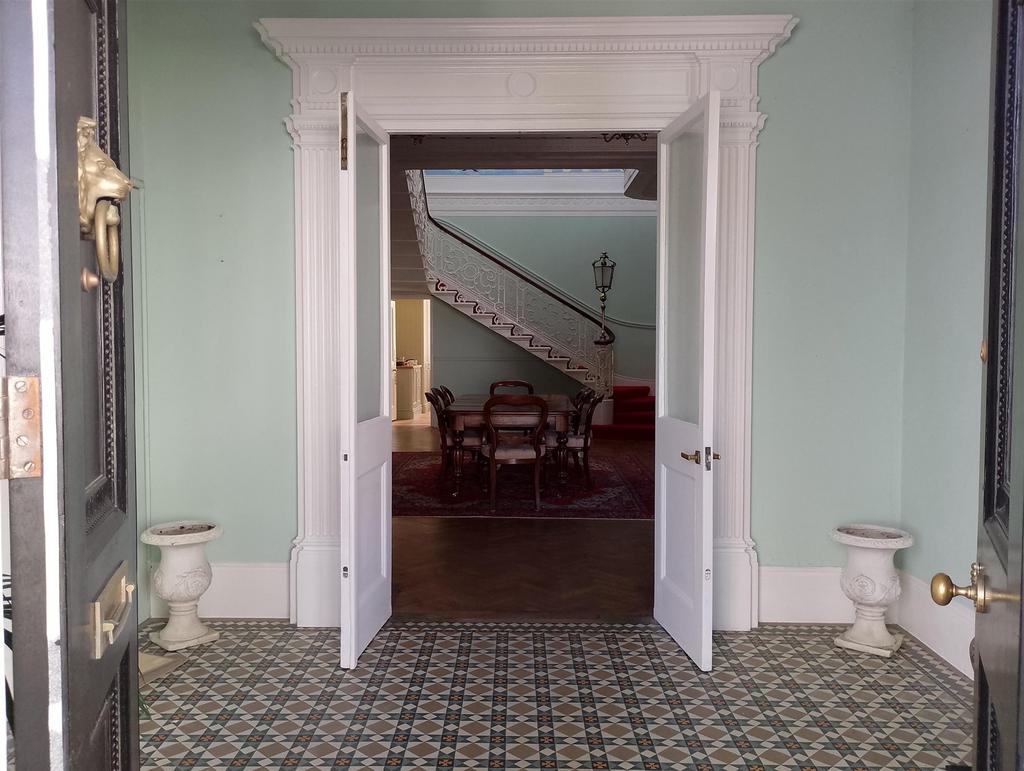
Osborne Cottage — let's think of it as a 'super-cottage' — was finished in 1856, built by A. J. Humbert (the architect who created Sandringham) and overseen by Prince Albert, who masterminded the expansion of the Osborne Estate. Almost 170 years later it's no longer a royal retreat, but a house on the open market which is for sale at £1 million via Fine & Country.
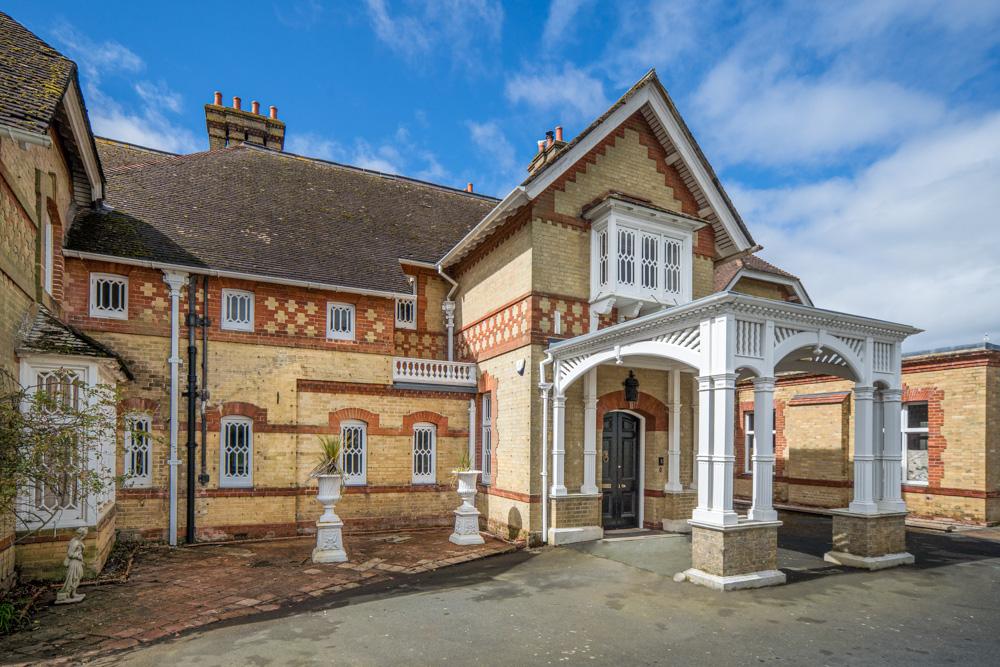
The estate was created as a private maritime retreat for Queen Victoria and Prince Albert away from the pressures and struggles of court life, and it still retains the idyllic sense of separation from the hustle and bustle of the outside world. Yet the Isle of Wight is surprisingly accessible, particularly from spots like this near Cowes (one of the Country Life team commutes from there to London once a week), meaning that you can be half a world away, but in Central London in a couple of hours or so.
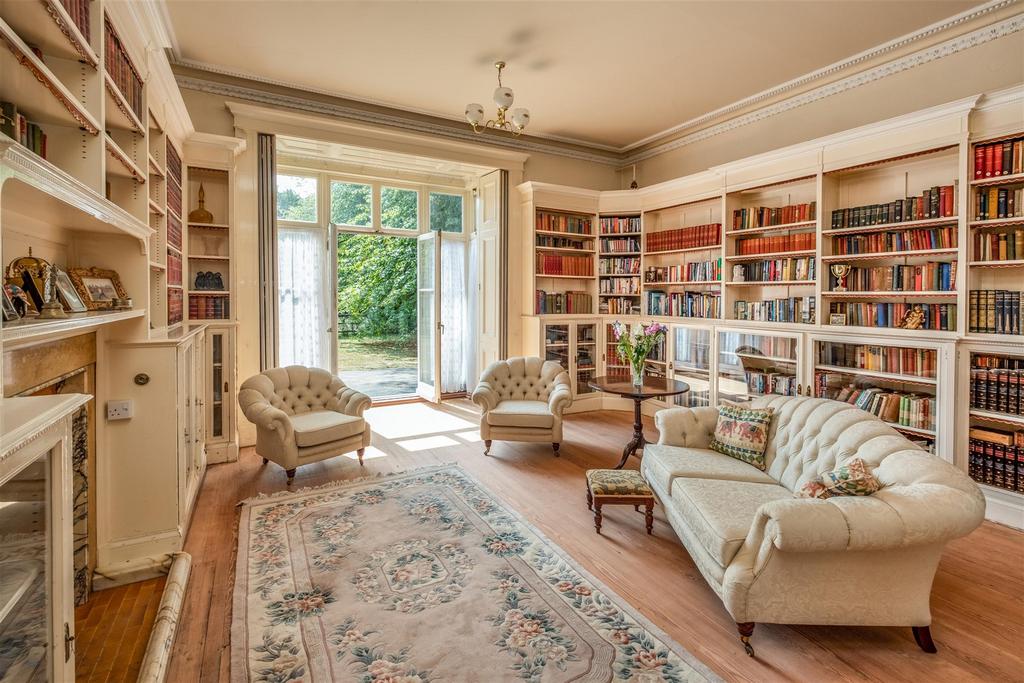
That makes the cost of Osborne Cottage seem reasonable for a home with four bedrooms, three reception rooms — including a stunning, airy library — and a lovely private garden. That's before you even start to consider the history of a place that was essentially created as a guest house for the kings, queens and emperors of Europe: the Emperor and Empress of France, the Tsar and Tsarina of Russia and the Spanish Royal Family all stayed here when visiting Queen Victoria and Prince Albert.

The cottage later became the home of Princess Beatrice, the youngest daughter of Queen Victoria. The Queen relied upon Princess Beatrice immensely after the death of her mother in March 1861 and her husband in December of that same year. In The Shy Princess, a novel by David Duff, he describes how the Queen would often take Beatrice from her cot to her own bed where she 'lay there sleepless, clasping to her child, wrapped in the nightclothes of a man who would wear them no more'.
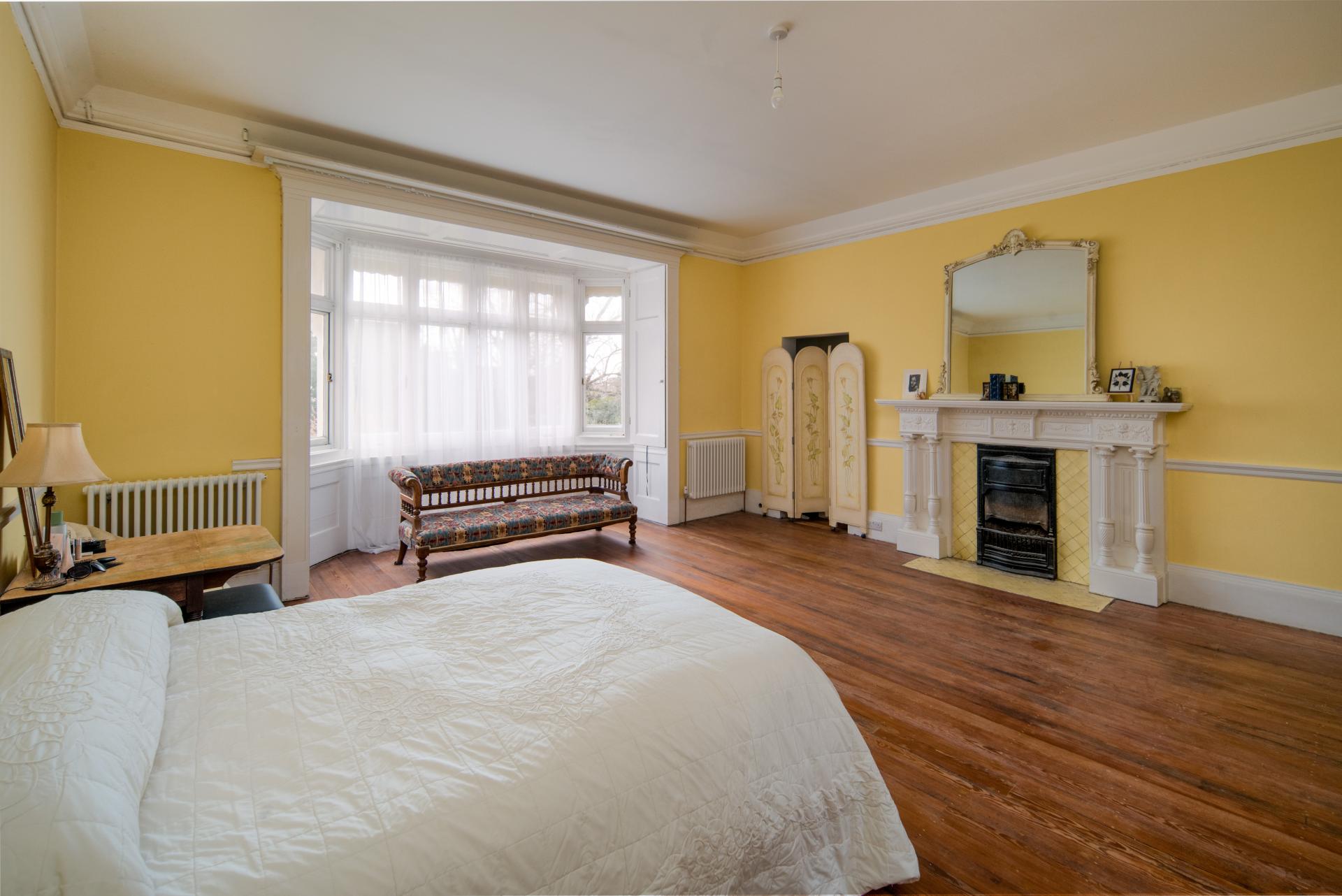
She was loath to allow her 'Baby' and youngest child to marry, however finally gave her blessing to the marriage under the condition that Henry give up his royal duties in Germany and live permanently with her and her daughter at Osborne. With this agreed, the pair were married in 1885 in Saint Mildred’s Church at Whippingham, a mere 20 minute walk away from their future home.
Sign up for the Country Life Newsletter
Exquisite houses, the beauty of Nature, and how to get the most from your life, straight to your inbox.

The princess moved to Osborne Cottage after the successive deaths of her husband in 1896 and her mother five years later. The cottage was sold in 1913 after Princess Beatrice took up her right to residence of Carisbrooke Castle as the Governor of the Isle of Wight. Upon her death in 1944, she was buried beside her Henry in the church where they were married. The cottage has remained in private ownership since its first sale, while Osborne has been open to the public since the 1950s.
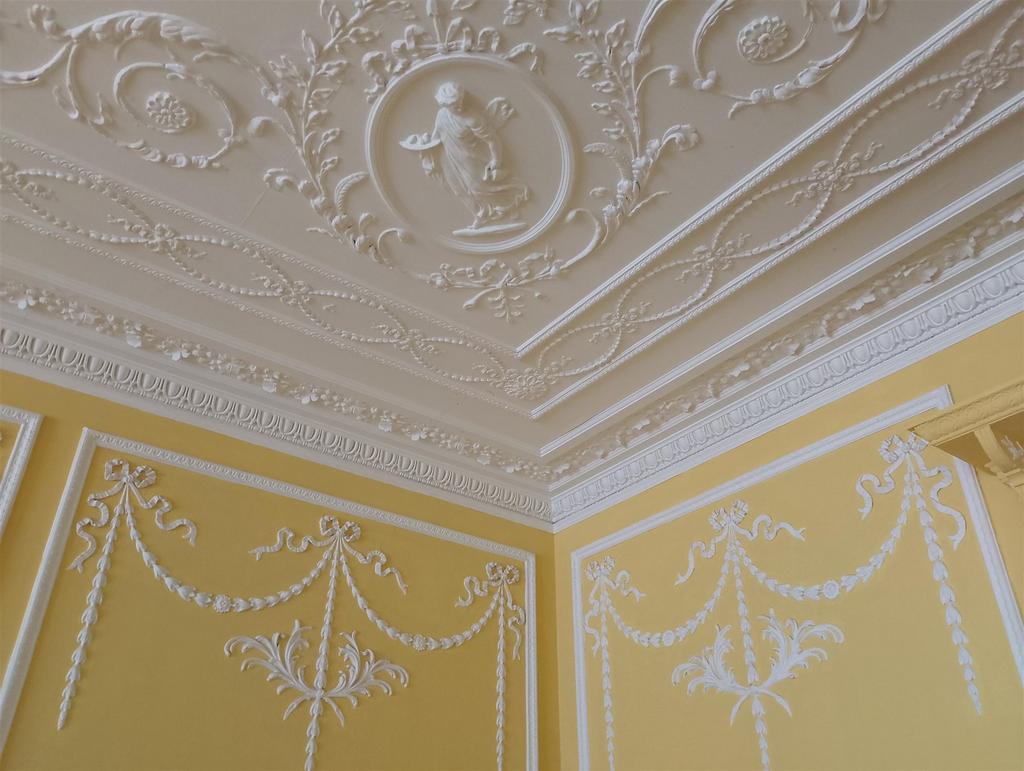
Osborne Cottage has undergone a huge refurbishment in recent years; not least to undo changes which saw it divided into separate residences, and thus the new owners have the opportunity to put their own stamp on this unique family home. The restoration has been, judging from these pictures, as sympathetic as it has been successful, with many of the historic features of this Grade II-listed property retained, including the magnificent sky lantern and galleried atrium which dominate the entrance of the house.
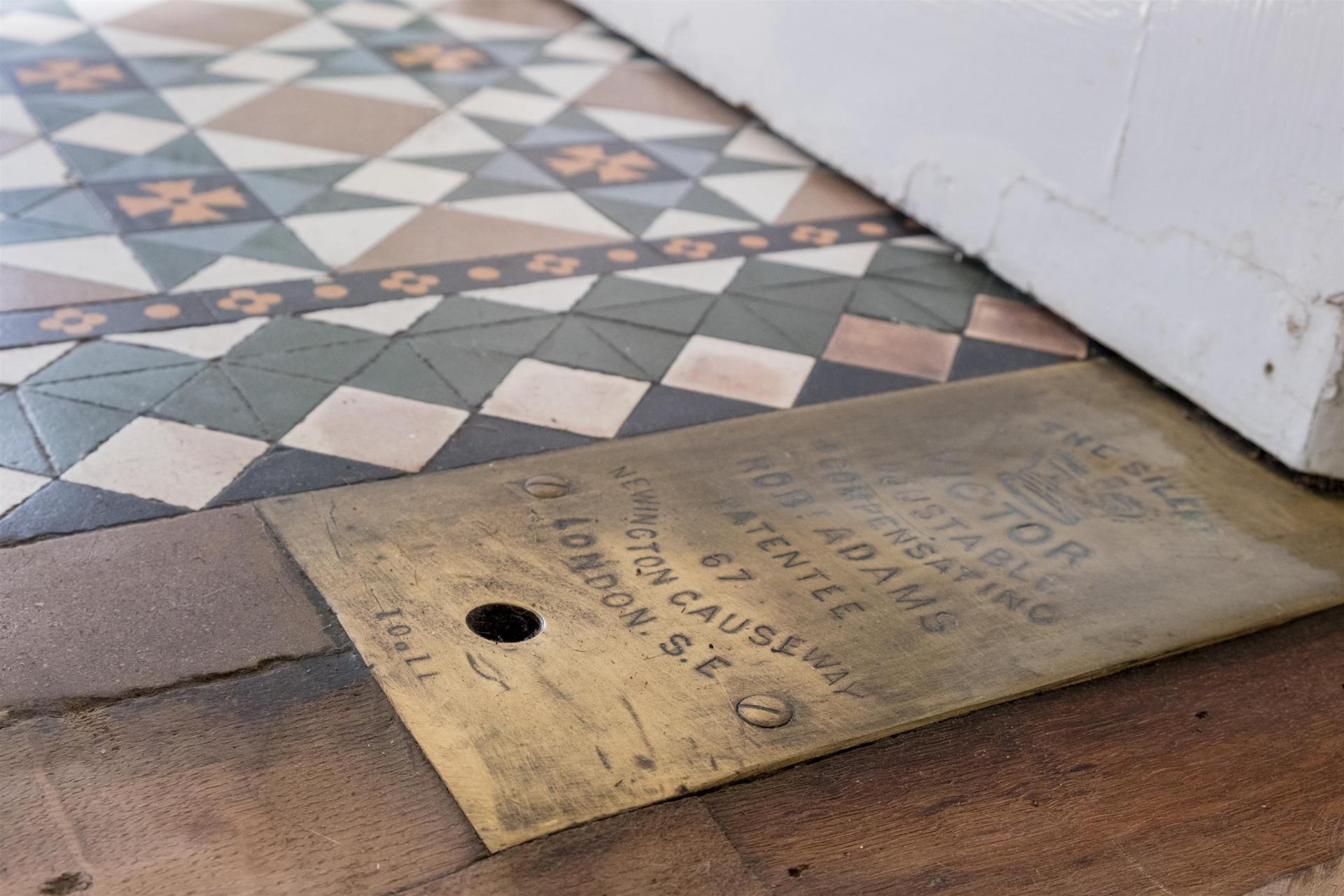
The stunning staircase provides another central feature to the cottage, cantilevered with scrolled iron balustrades, winding down to an elaborate brass lamp at the base.
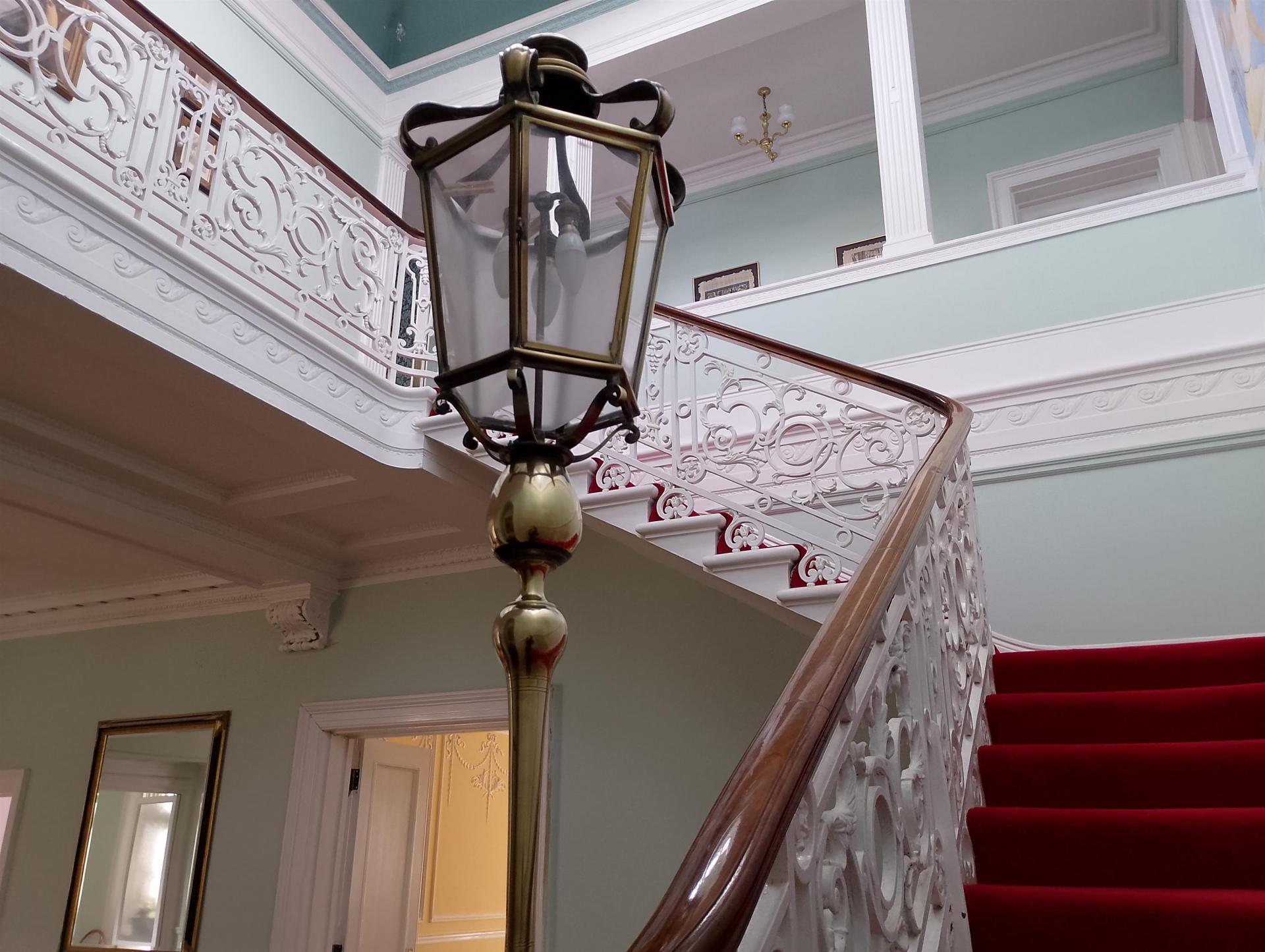
The drawing room is covered in elegant scrolled plasterwork from floor to ceiling, while the library contains a lovely marble fireplace and French doors, which open to the quaint garden beyond.
Cottage by name, but by nature this is a grand family home that balances manageable size with all the charms and characteristics of a truly historic home.
Additional reporting by Ally Fraser
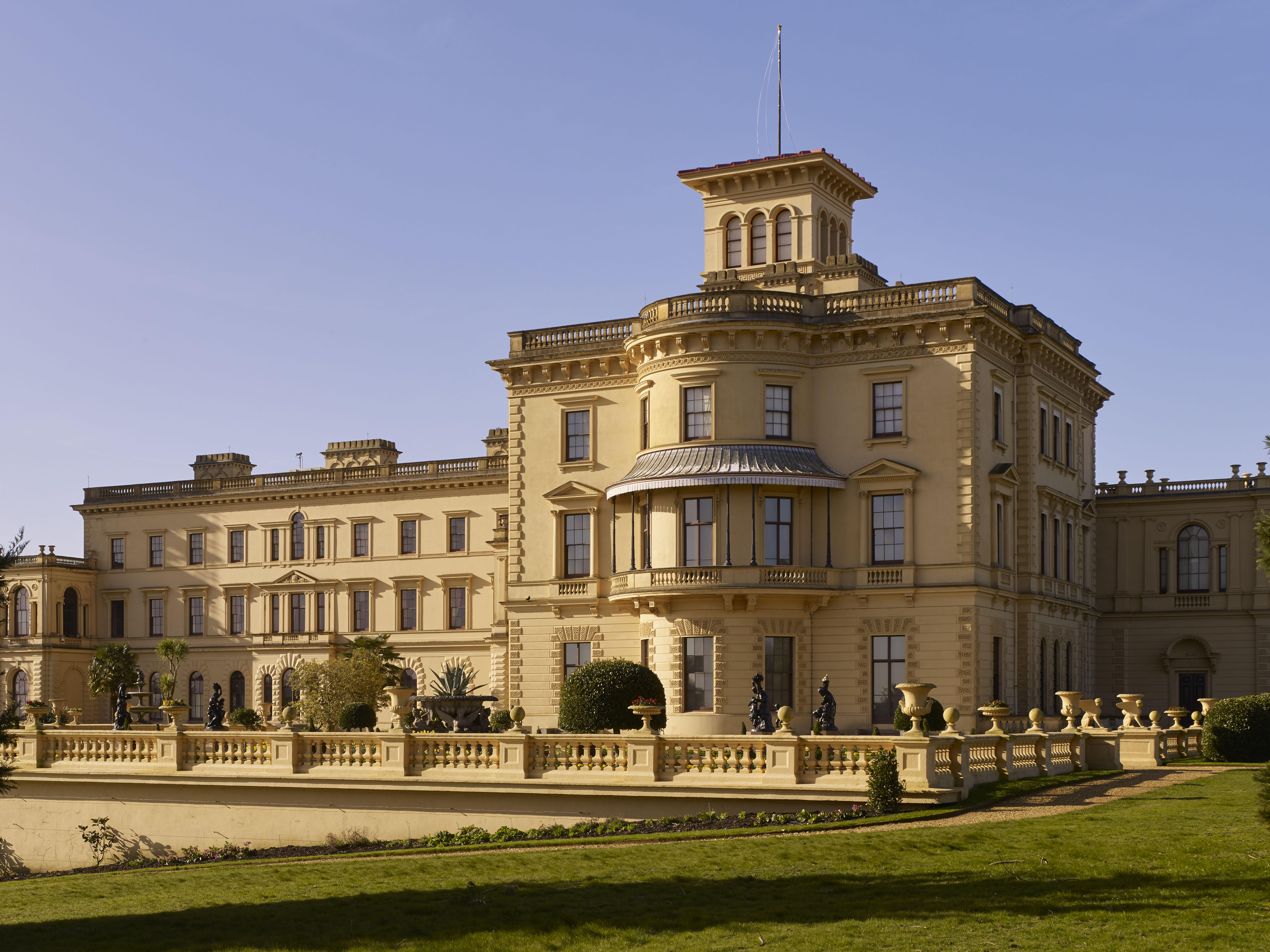
Osborne House: Victoria and Albert’s Italian getaway on the Isle of Wight
The search for privacy and peace encouraged Queen Victoria and Prince Albert to create an Italianate seaside villa. It offers

Credit: Strutt and Parker
Best country houses for sale this week
An irresistible West Country cottage and a magnificent Cumbrian country house make our pick of the finest country houses for

Farringford: The story of the Isle of Wight bolthole of Alfred, Lord Tennyson
After nearly 60 years as a hotel, this former home of the poet Alfred, Lord Tennyson has been triumphantly restored
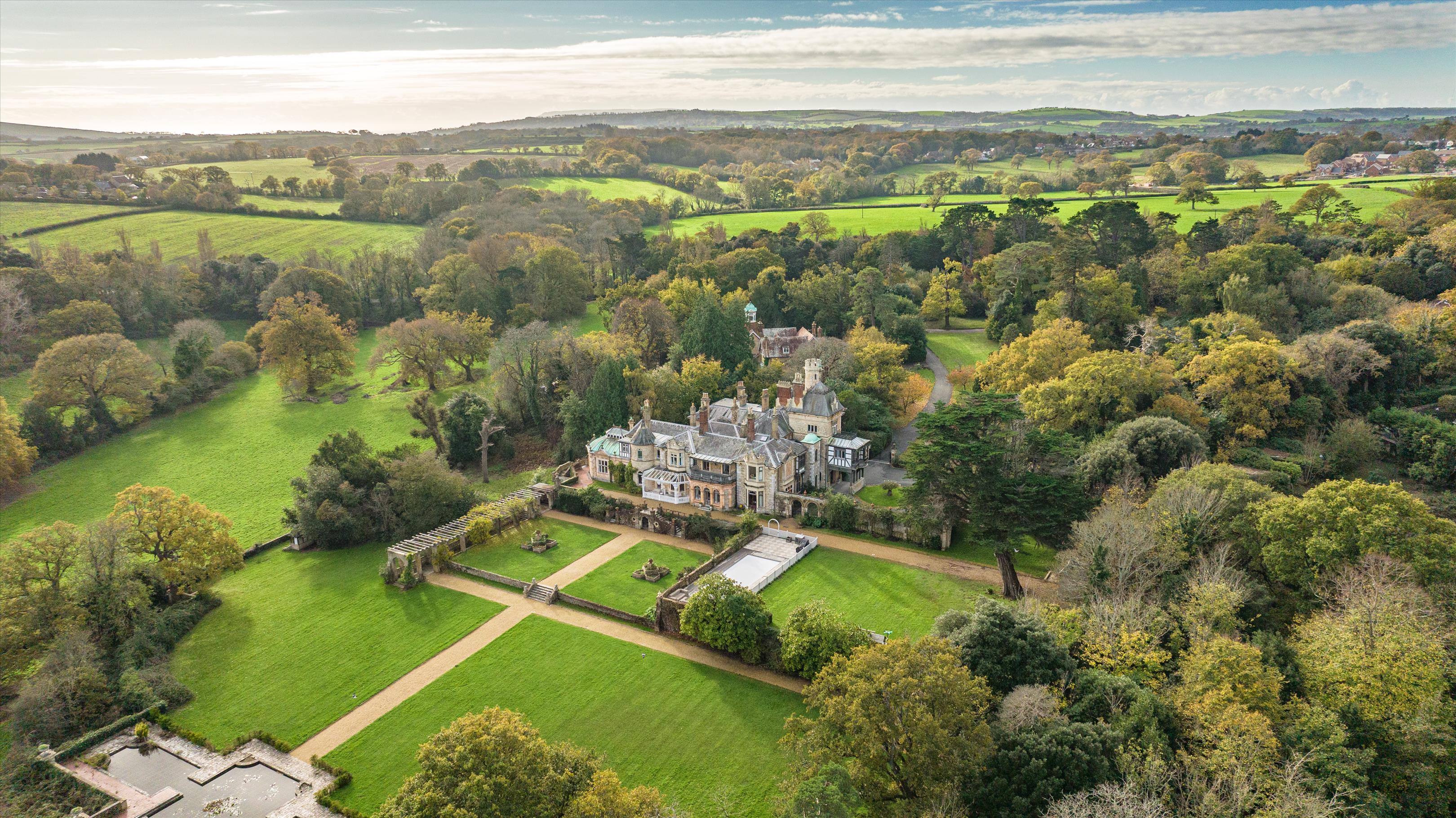
Credit: Knight Frank
A magical turreted mansion with incredible sea views for sale on the Isle of Wight
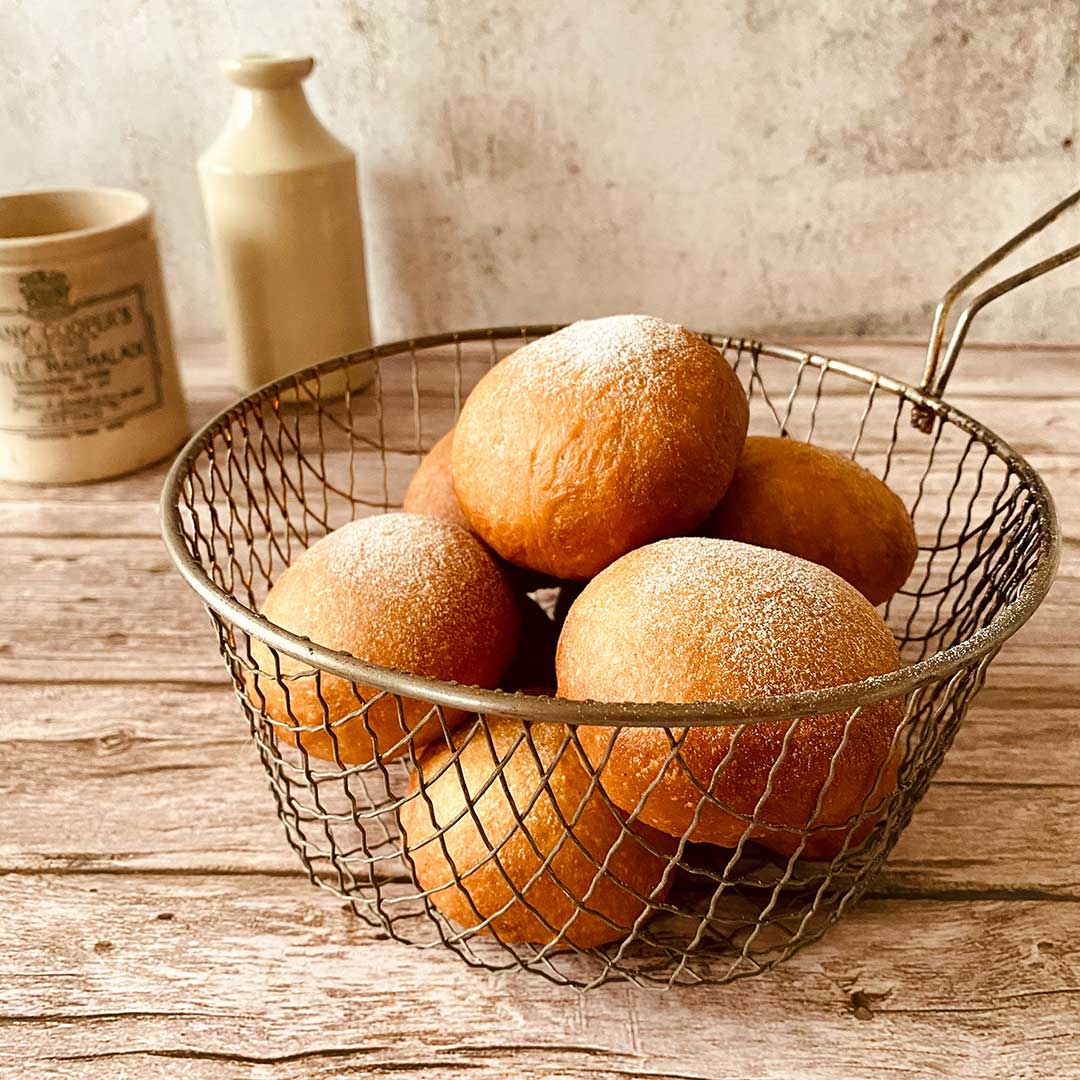
How to make Isle of Wight doughnuts, the spiced plum treat unique to this corner of Britain
On the Isle of Wight, the humble doughnut takes a rather different — if no less delicious — form than
Toby Keel is Country Life's Digital Director, and has been running the website and social media channels since 2016. A former sports journalist, he writes about property, cars, lifestyle, travel, nature.
-
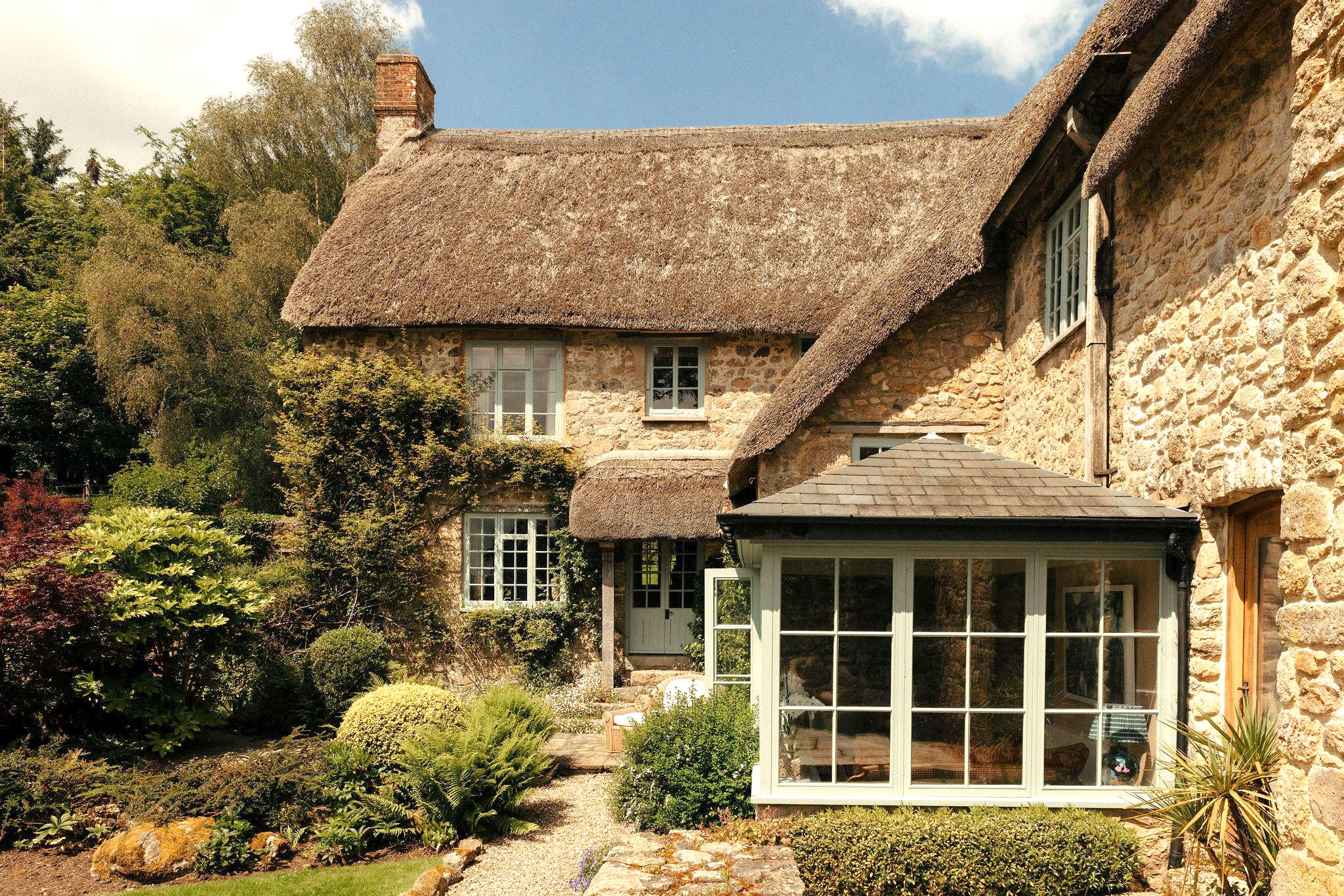 Five beautiful homes, from a barn conversion to an island treasure, as seen in Country Life
Five beautiful homes, from a barn conversion to an island treasure, as seen in Country LifeOur pick of the best homes to come to the market via Country Life in recent days include a wonderful thatched home in Devon and a charming red-brick house with gardens that run down to the water's edge.
By Toby Keel Published
-
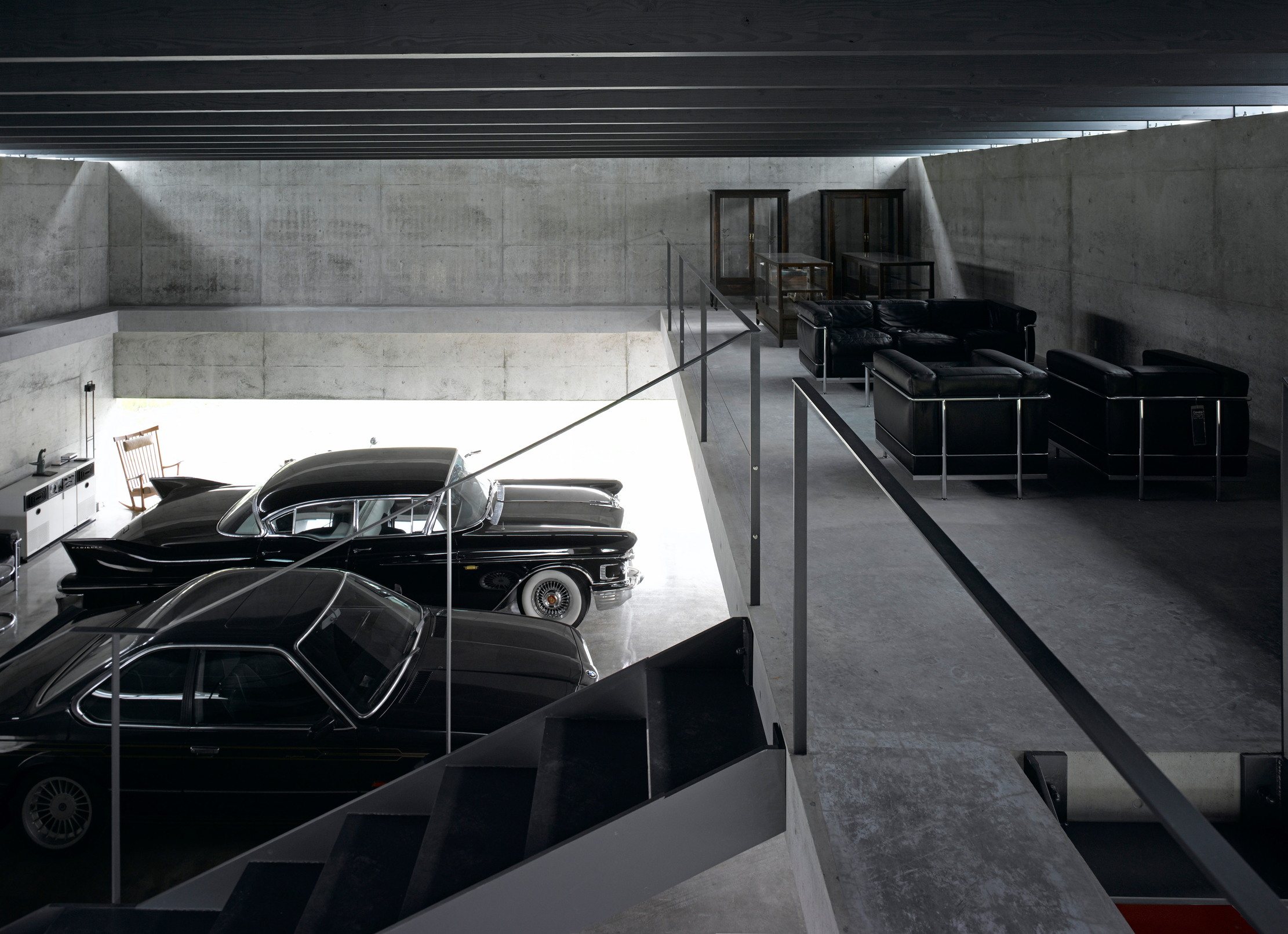 Shark tanks, crocodile lagoons, laser defences, and a subterranean shooting gallery — nothing is impossible when making the ultimate garage
Shark tanks, crocodile lagoons, laser defences, and a subterranean shooting gallery — nothing is impossible when making the ultimate garageTo collectors, cars are more than just transport — they are works of art. And the buildings used to store them are starting to resemble galleries.
By Adam Hay-Nicholls Published
-
 Five beautiful homes, from a barn conversion to an island treasure, as seen in Country Life
Five beautiful homes, from a barn conversion to an island treasure, as seen in Country LifeOur pick of the best homes to come to the market via Country Life in recent days include a wonderful thatched home in Devon and a charming red-brick house with gardens that run down to the water's edge.
By Toby Keel Published
-
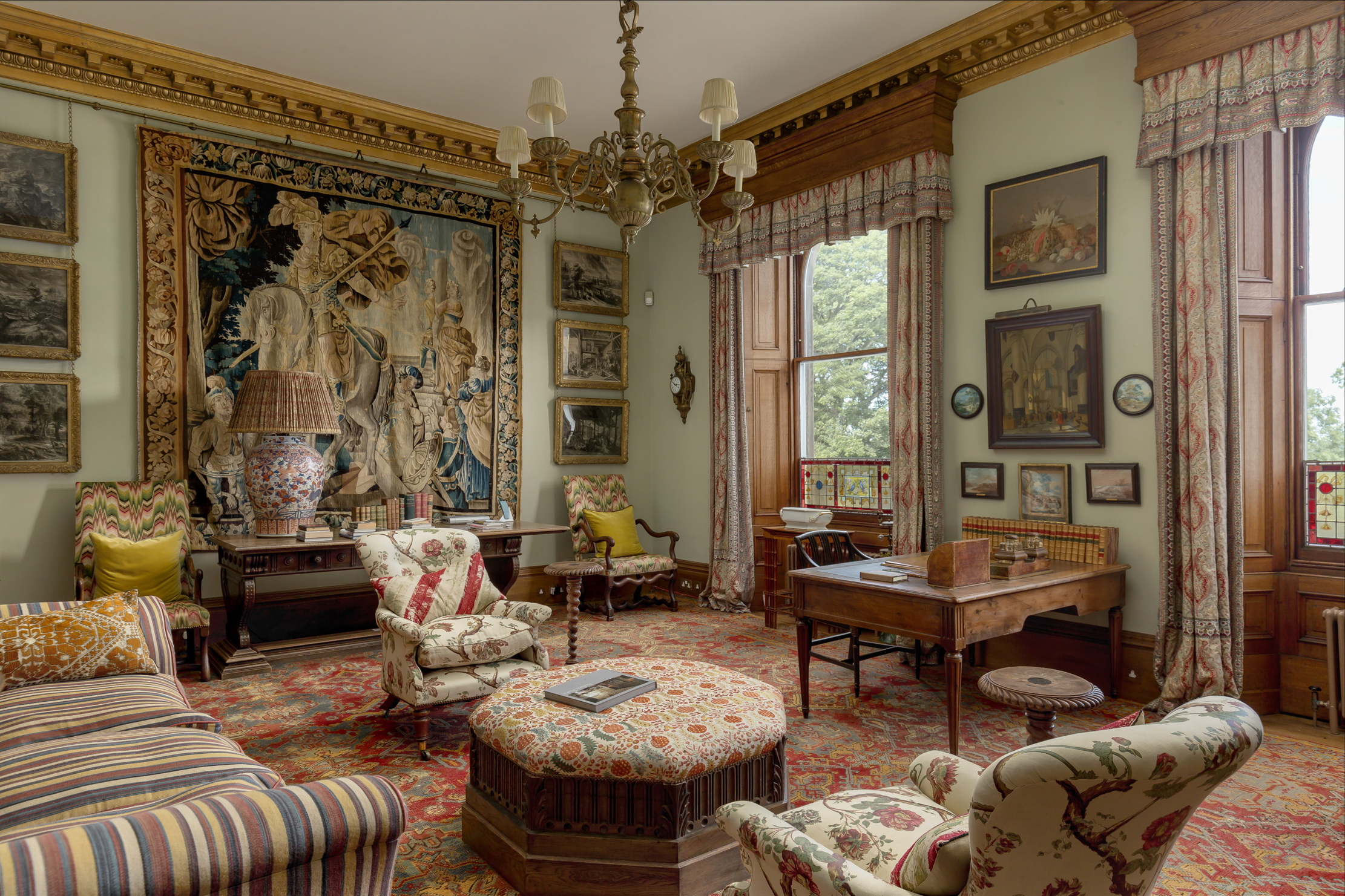 The finest interiors in Edinburgh? A seven-bedroom townhouse furnished by Robert Kime comes to market
The finest interiors in Edinburgh? A seven-bedroom townhouse furnished by Robert Kime comes to marketSituated on one of the New Town's grandest terraces, this four-storey property is a collector's dream.
By James Fisher Published
-
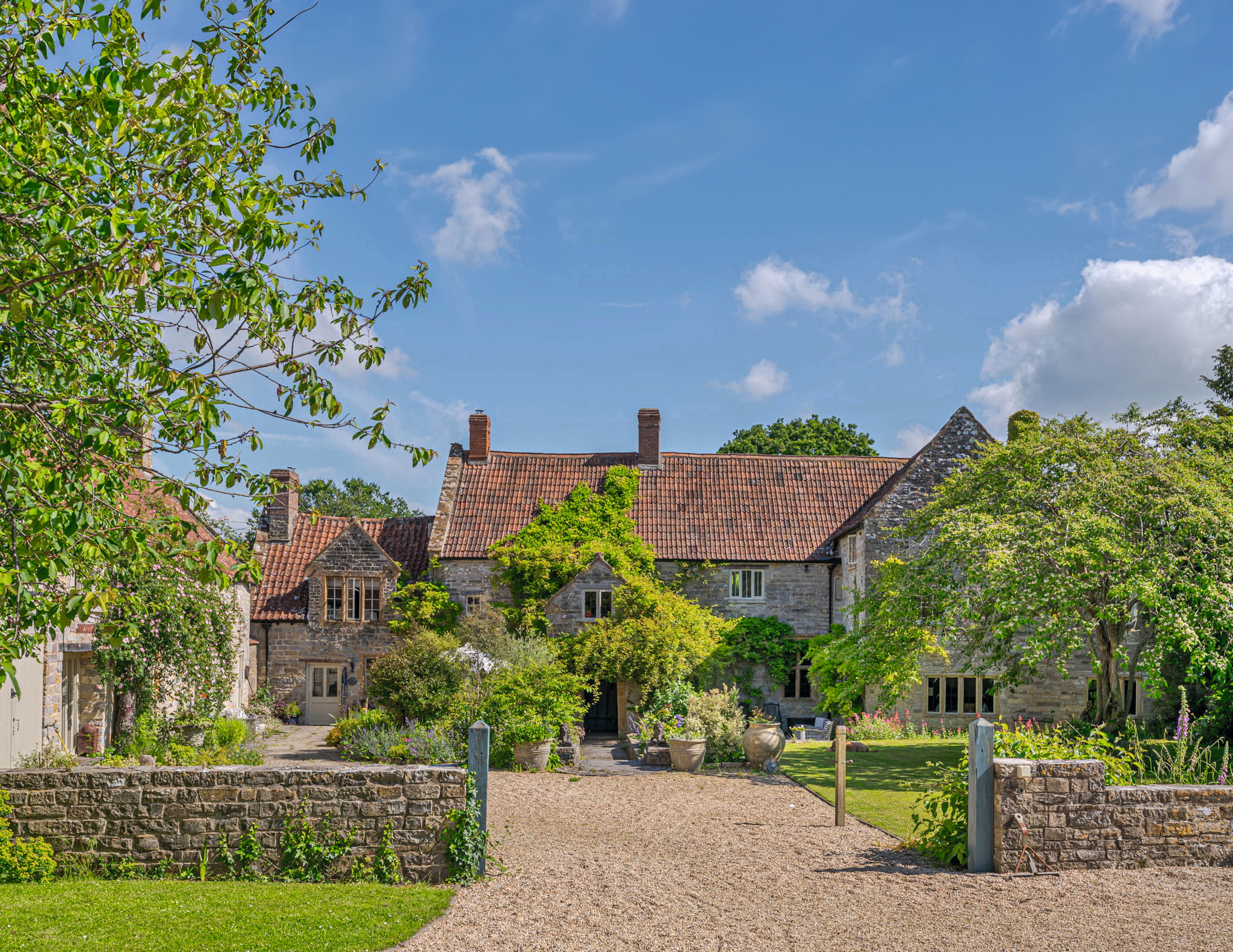 A Grade II*-listed country manor with one of the most beautiful drawing rooms in England
A Grade II*-listed country manor with one of the most beautiful drawing rooms in EnglandIf Old Manor Farm in Somerset is good enough for Pevsner, it's good enough for you.
By Penny Churchill Published
-
 An eight-bedroom home in Surrey where an army of robots will look after your lawns
An eight-bedroom home in Surrey where an army of robots will look after your lawnsDo not fear the bladed guardians of Monksfield House. They are here to help.
By James Fisher Published
-
 A French castle for sale on the banks of the Dordogne? With a swimming pool? Where do we sign?
A French castle for sale on the banks of the Dordogne? With a swimming pool? Where do we sign?This chateau in Lalinde is nothing short of a historical delight in the south of France. And it comes fully furnished.
By James Fisher Last updated
-
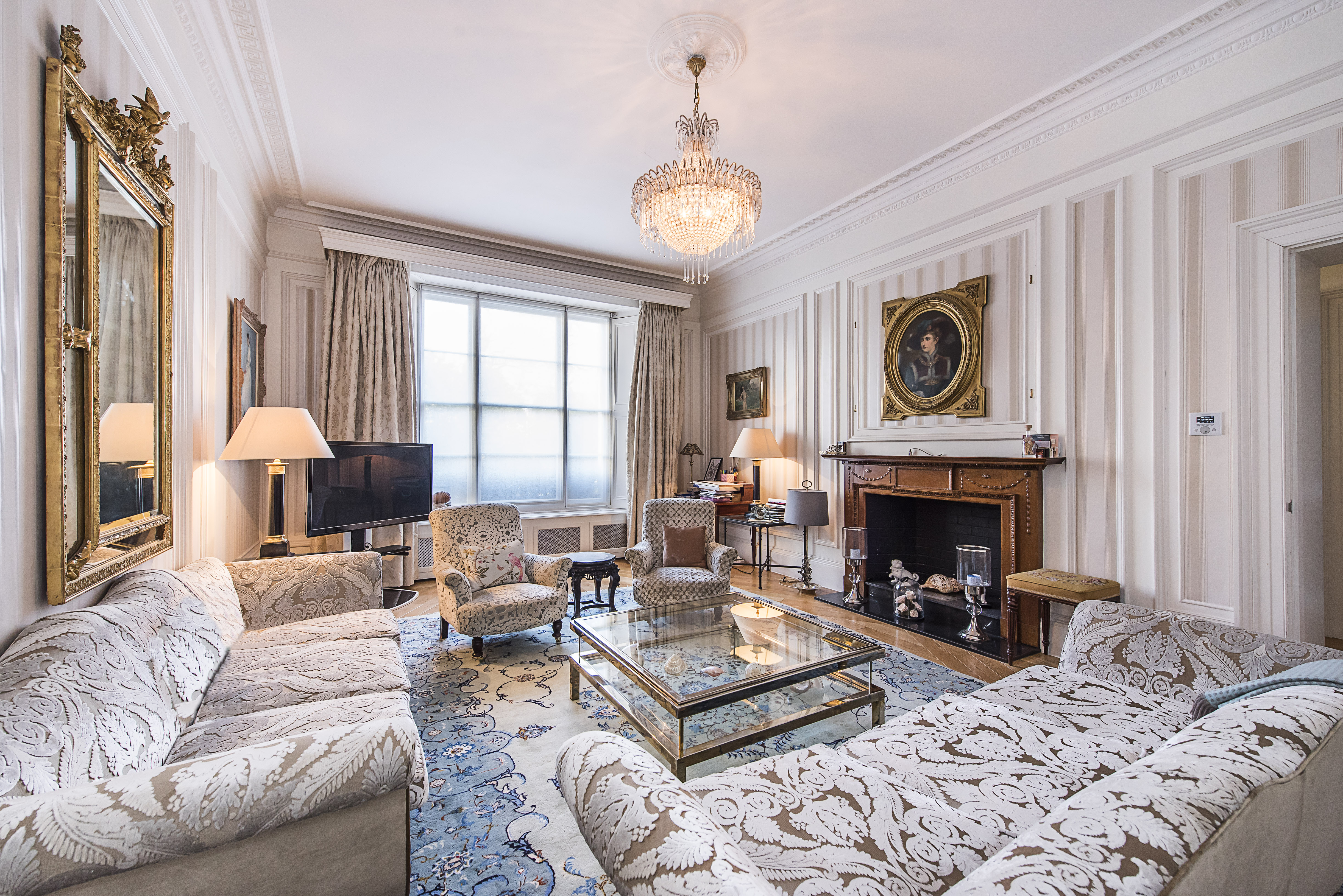 Sip your morning tea where Churchill once paced, as his former Pimlico home comes up for sale
Sip your morning tea where Churchill once paced, as his former Pimlico home comes up for saleThe five-bedroom flat in Eccleston Square offers ‘historical gravitas and modern comfort’ in a leafy pocket of London.
By Annabel Dixon Published
-
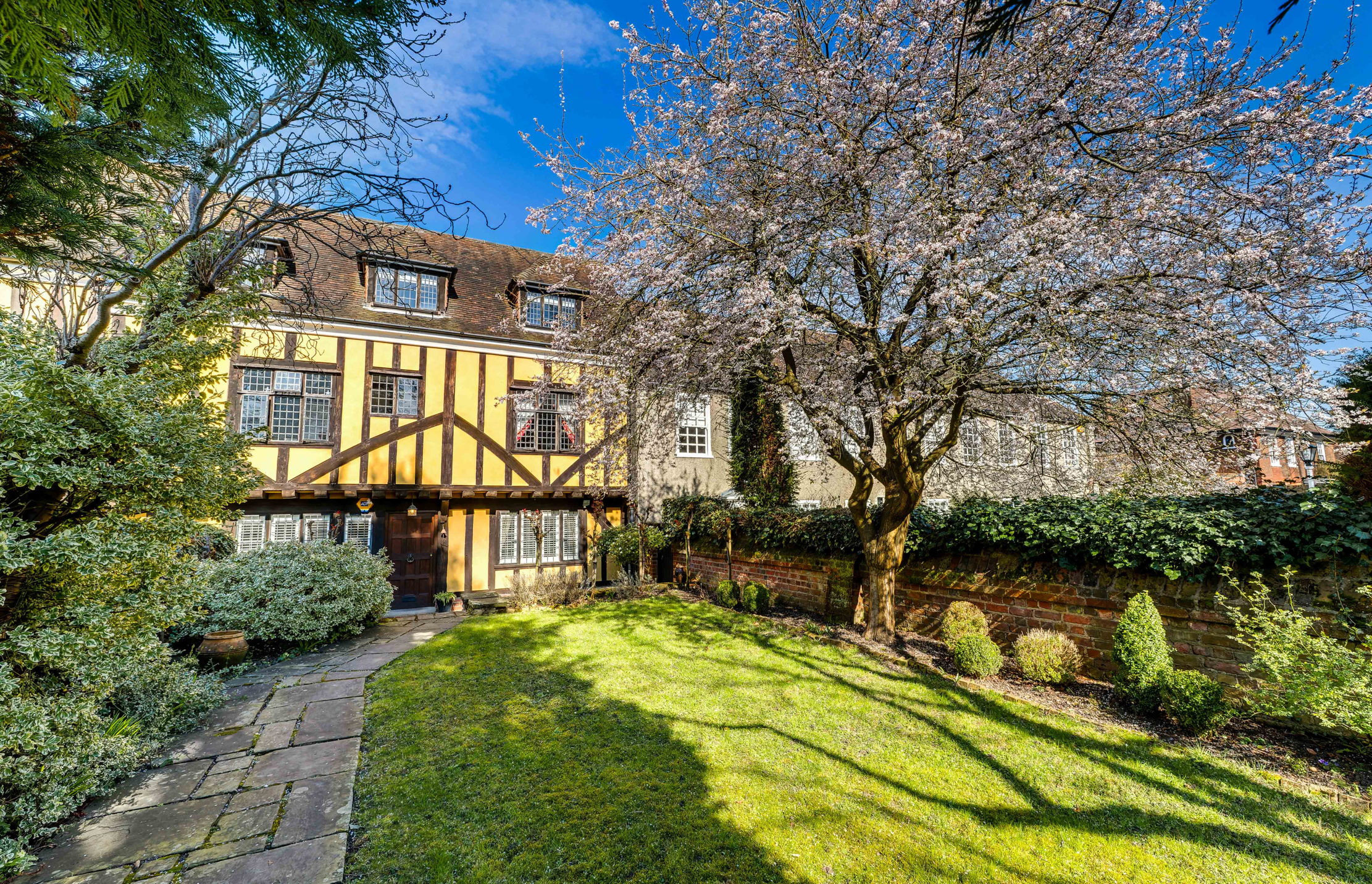 Live a life of Tudor fancy in this five-bedroom London home with links to Cardinal Wolsey and Henry VIII
Live a life of Tudor fancy in this five-bedroom London home with links to Cardinal Wolsey and Henry VIIIFans of Wolf Hall rejoice, as a rare chance to own a Tudor home inside the M25 comes to market.
By James Fisher Published
-
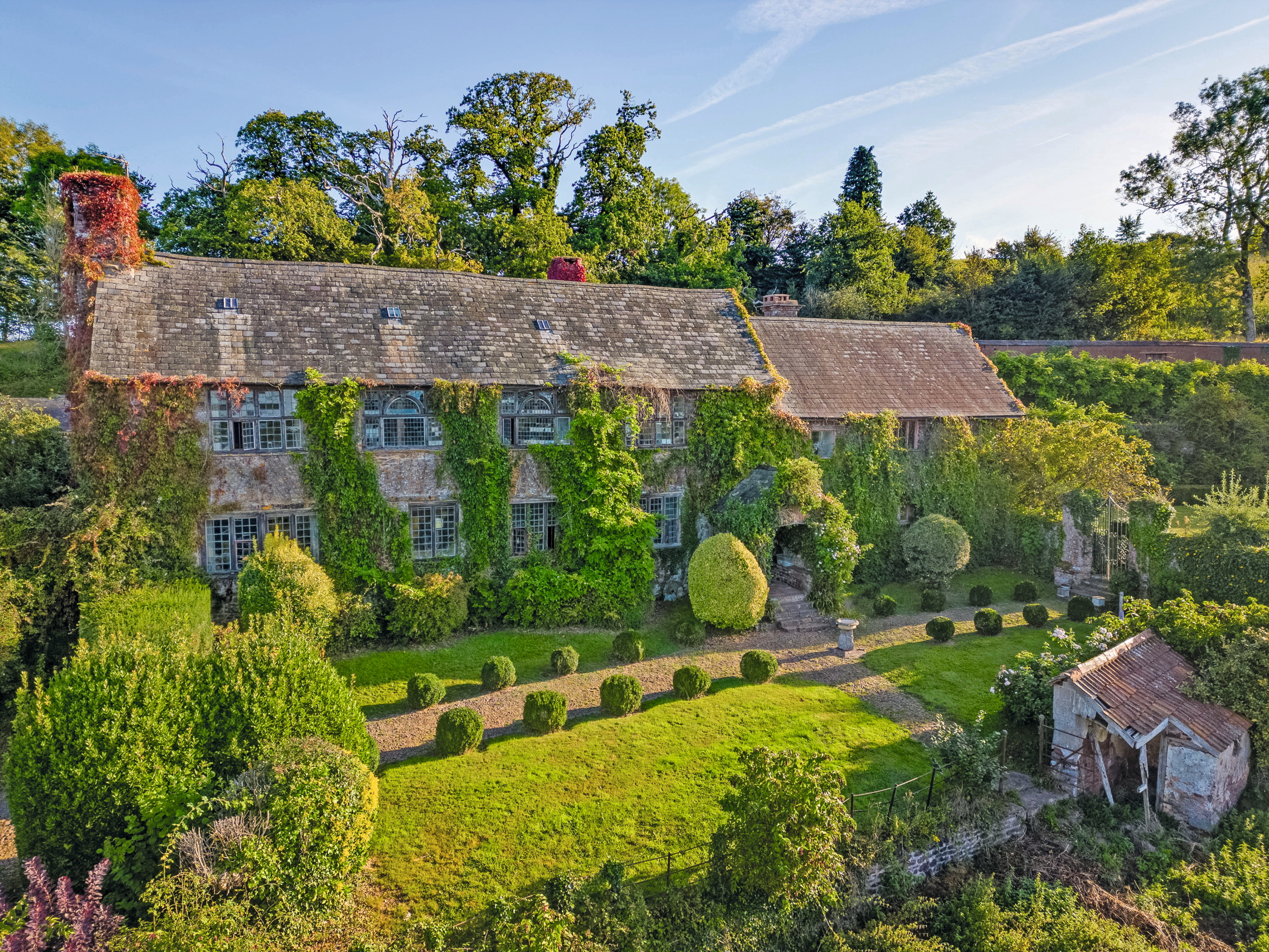 Murder, intrigue and 'the magic of a bygone era' at this eight-bedroom home set in 25 acres of Devon countryside
Murder, intrigue and 'the magic of a bygone era' at this eight-bedroom home set in 25 acres of Devon countrysideUpcott Barton is a family home steeped in history and comes with more than 5,000sq ft of living space.
By Penny Churchill Published

